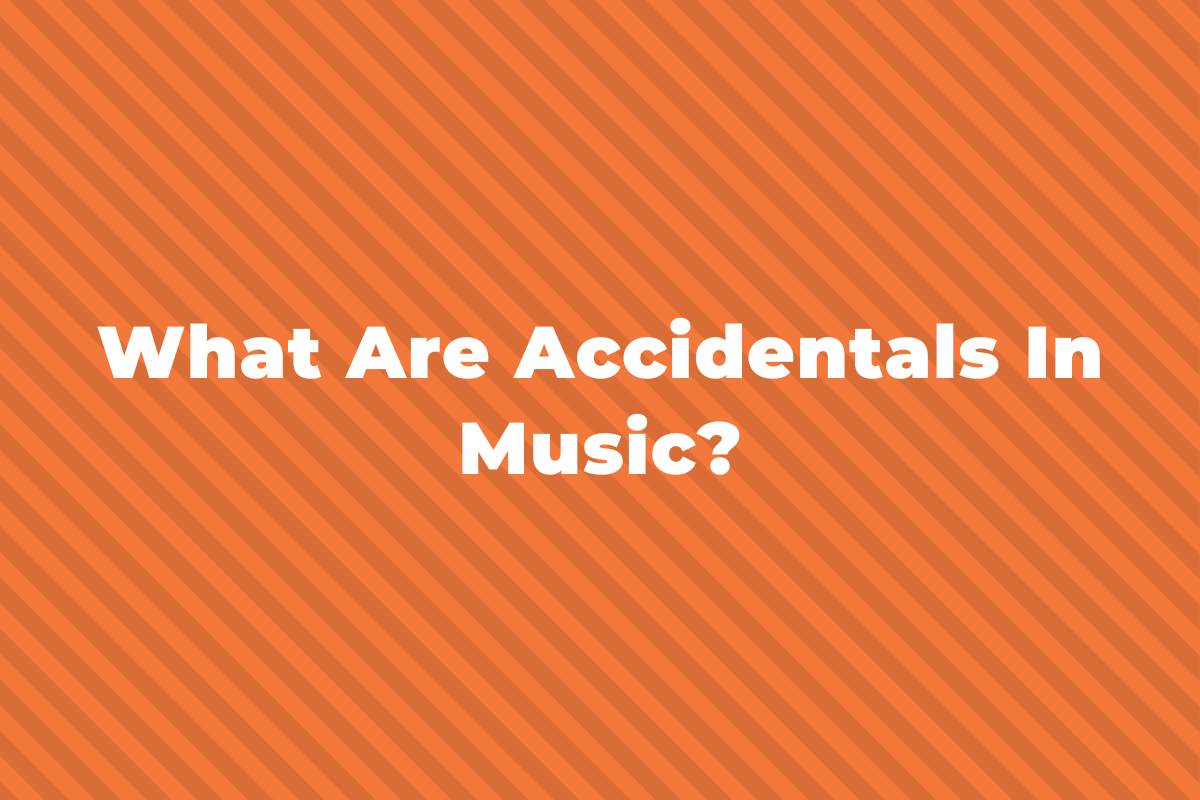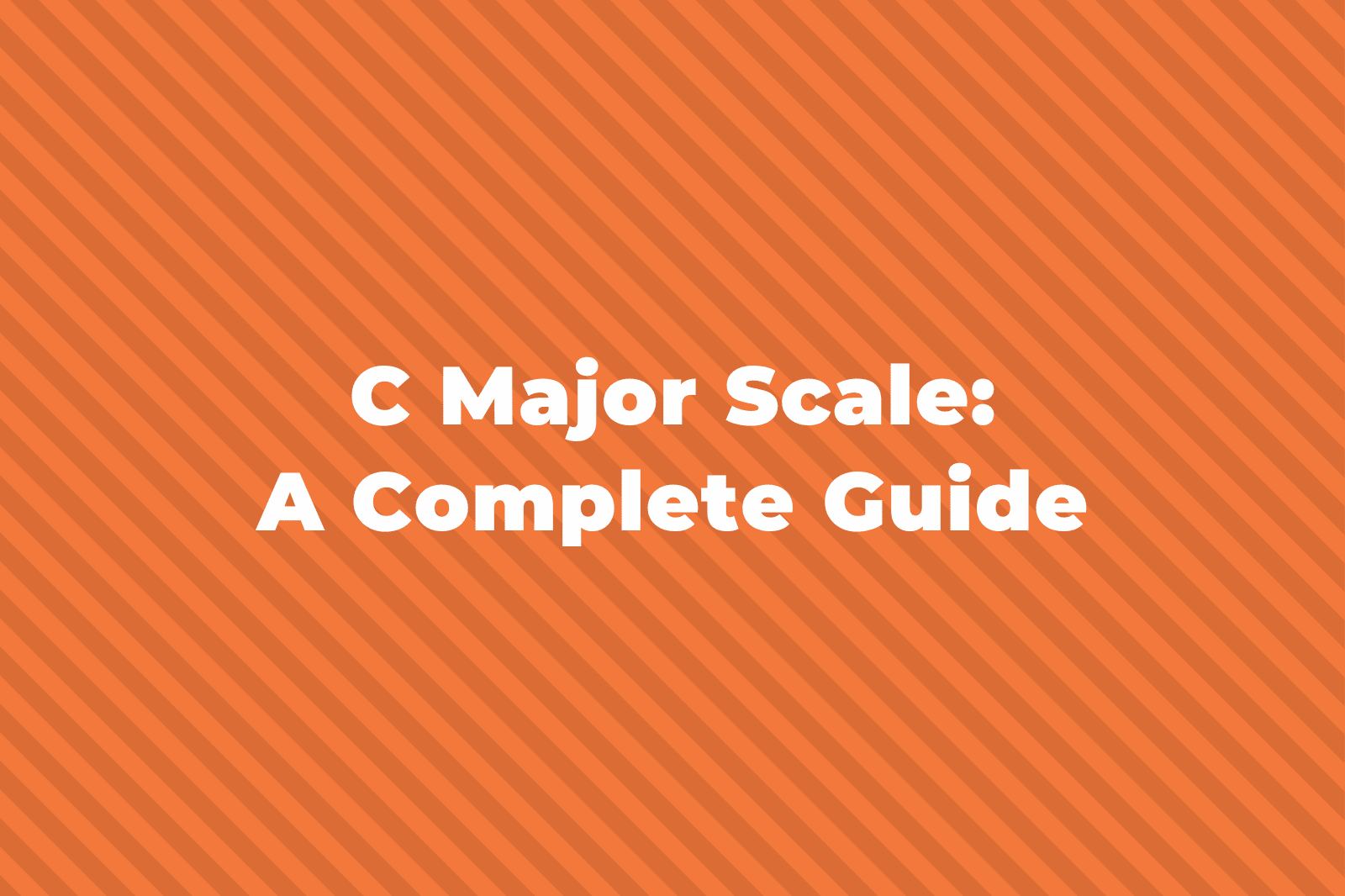A diatonic scale is the name we give to a type of scale with a specific formula of intervals between each of the notes. They’re the foundation of western music, but it can be confusing exactly what the definition of one is.
In this post, we’ll cover what they are, the different types of diatonic scales, as well as some of the scales that aren’t diatonic.
What Is A Diatonic Scale?
A diatonic scale is a type of music scale with seven notes (also called a heptatonic scale).
Diatonic scales must have two half step intervals (semitones) and five whole step intervals (tones) within one octave.
The two half step intervals should be separated by two and three whole steps.
If you were to play all the white notes on a piano keyboard, starting on C, you would have played a diatonic scale.
Another thing that diatonic scales have in common is that they use all seven pitch letter names (A, B, C, D, etc.) in sequence without skipping any.
Types Of Diatonic Scale
There isn’t just one diatonic scale. There are lots!
One of the things that makes a diatonic scale is that it has to contain two half steps and five whole steps, with the half steps being separated by three whole steps.
For example, you could have W W H W W W S or W W W H W W H or W H W W H W W.
Let’s look at some of these scales in a bit more detail.
The Major Scale
The major scale is probably the most familiar and easily recognizable of all diatonic scales.
If you were to play all the white notes on a piano keyboard starting on C, you’d not only play a major scale but a diatonic scale.
The sequence of half and whole steps in a major scale is W W H W W W H.

Hopefully, you also notice that the half steps are separated by two and three whole steps. This is how you know it’s a diatonic scale.
You can then transpose this sequence to start on any note, and as long as you keep the order of half and whole steps the same, you’ll have played a major scale, which is a diatonic scale.
The Natural Minor Scale
Every major scale has a related minor scale. Relative major and minor scales share exactly the same notes, but they start on different pitches.
This means that they have a different sequence of half and whole steps, but the distance between the half steps will still be three whole steps.
For example, the relative minor scale of C major is A natural minor, which has the following formula of half and whole steps: W H W W H W W.

The Modes
The musical modes are a series of scales that are based on the major scale, but each has different characteristics.
Each mode starts on a different degree of the major scale.
- Ionian mode – 1st degree
- Dorian mode – 2nd degree
- Phrygian mode – 3rd degree
- Lydian mode – 4th degree
- Mixolydian mode – 5th degree
- Aeolian mode – 6th degree
- Locrian mode – 7th degree
Even though each mode starts on a different note of the scale and has a different tonic note, they are still all diatonic scales, but the sequence of half and whole steps is shifted.
The image below of the order of whole and half steps for each mode shows that the sequence remains the same, but it shifts by one for each mode.

Here is a table of the seven modes with what degree of the scale they are, the interval sequence, and an example of what notes that would be.
| Mode | Degree | Interval Sequence | Example |
| Ionian | I | W W H W W W H | C D E F G A B C |
| Dorian | II | W H W W W H W | D E F G A B C D |
| Phrygian | III | H W W W H W W | E F G A B C D E |
| Lydian | IV | W W W H W W H | F G A B C D E F |
| Mixolydian | V | W W H W W H W | G A B C D E F G |
| Aeolian | VI | W H W W H W W | A B C D E F G A |
| Locrian | VII | H W W H W W W | B C D E F G A B |
Non Diatonic Scales
When it comes to the definition of a diatonic scale, there are two camps.
The purists say that it has to have seven notes and have two half steps, and five whole step intervals.
The other view, which is broader, is that a diatonic scale is one that is in a ‘key.’ This is a more literal definition as the word ‘dia’ comes from the Greek for ‘through’ or ‘across,’ and ‘tonic’ means key.
With that definition, a harmonic minor scale could be considered a diatonic scale even though it has an augmented 2nd interval. But, for this post, I’ll be going with the first definition.
With that in mind, some non-diatonic scales include:
- Harmonic minor scale – As they don’t have two half steps and five whole steps
- Chromatic scales – As they have more than seven notes, all of which are half steps apart
- Whole tone scales – As they have six notes, all of which are whole steps apart
- Pentatonic scales – As they have five notes with no half step intervals
There are many other types of scales, but these are some of the most common ones in western music.
Conclusion
I hope that helps make a bit more sense of what is and what isn’t a diatonic scale. If you have any questions about anything covered in this guide feel free to get in touch and I’ll be happy to help.



